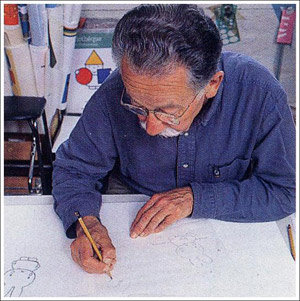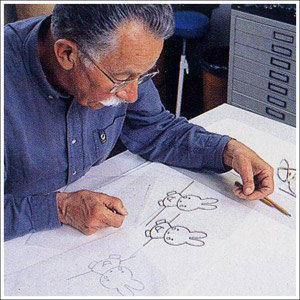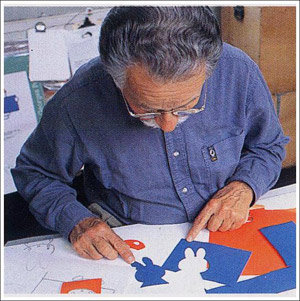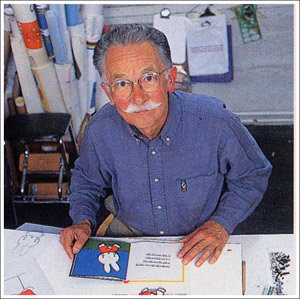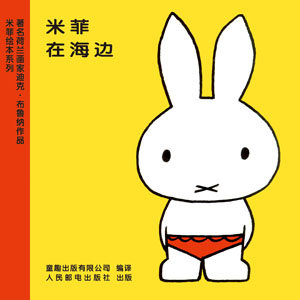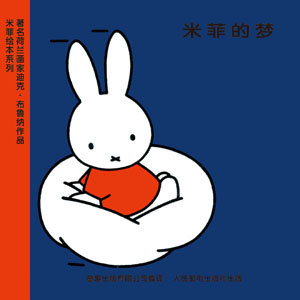More and more young parents are realizing that reading aloud to their children from an early age is not only an excellent way to connect with them, but also the best way to help them develop a love for reading and develop a habit early on. Choosing excellent and beautiful picture books for this parent-child reading experience is like planting seeds of happiness in a child’s heart, a lifelong companion.
Picture books have been developed worldwide for over a century, accumulating a wealth of excellent works, including numerous masterpieces, many of which have been translated and introduced to China. However, the vast majority of these works are more suitable for older children. For example, well-known picture books like “Guess How Much I Love You,” “The Giving Tree,” “Gorilla,” and “Little House” are more suitable for children over three years old. So, what are the best picture books for children aged 0–3?
In fact, as early as the 1960s, Japanese publisher Nao Matsui was pondering this very question. Today, he is known as the “Father of Japanese Picture Books” because, thanks to the efforts of him and a group of elite contemporaries, Japanese picture book publishing rose from a humble beginning to a global leader. The widespread popularity of picture book reading also profoundly impacted education in postwar Japan. Matsui longed to find a “first picture book for children,” but none existed in Japan at the time. He believed such a book “should use illustrations that are as accurate as possible, giving children a correct impression, without being artificial, and depicting real objects realistically.” Furthermore, as a picture book, it should “enable children to understand the storytelling process through the images,” thus preparing them for the next stage of reading storybooks.
In 1963, while visiting the Children’s Library in Amsterdam, Netherlands, Mr. Matsui Naoshi came across the newly published “Miffy the Bunny” series by Dick Bruna. He exclaimed, “The kind of book I’ve always dreamed of has actually been created!” He then selected eight of the books for publication in Japan, naming them “Children’s First Books.” Matsui Naoshi proved to be a formidable figure. Over the past half century, Dick Bruna’s “Miffy and Her Friends” series, spanning over 100 titles, has become a worldwide favorite for infants and toddlers. As a unique work of art and design, it has also been admired and collected by adult readers. For Japanese readers, “Miffy” holds a unique significance, serving as a model for editors and children’s illustrators. Through a generation’s efforts, Japan has its own unique “children’s first book.”
The newly released Chinese edition of the “Miffy” series features ten picture books, all featuring the bunny Miffy. The books span the 1960s to the 1990s, encompassing representative works from each period of the Dutch illustrator Dick Bruna’s career. The stories depict Miffy’s daily life, such as trips to the beach, snow, the zoo, and the art gallery. They also feature special events like her birthday, a hospital stay, and the loss of her teddy bear. They also explore interactions with friends and family, such as visiting friends and grandparents, and her sweet dreams. These stories are closely related to children’s lives. The stories are primarily suitable for children aged 2–6. However, due to the clear and concise illustrations, simple storylines, and straightforward, rhyming language, they are also suitable for infants aged 6 to 8 months and older. Dick Bruna’s works are often chosen as early reading materials for infants in Europe, Japan, and the United States.
It is particularly worth mentioning that 8 of the 10 picture books in the Chinese version are related to little Miffy falling asleep sweetly, so there is reason to believe that they will also become a treasure trove of bedtime stories that are deeply loved by children.
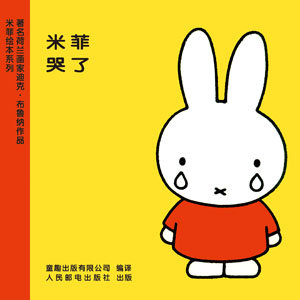
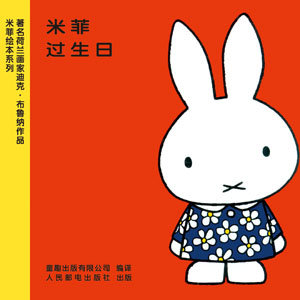
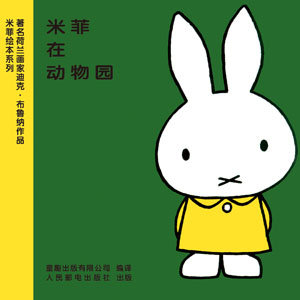
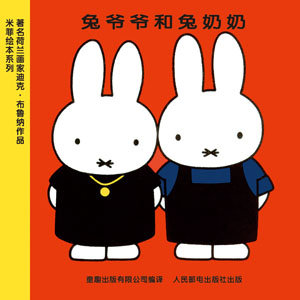
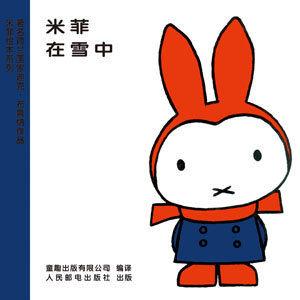
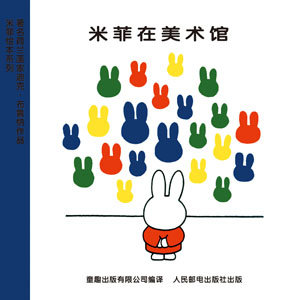
Dick Bruna and Miffy
Dick Bruna was born on August 23, 1927, in Utrecht, a small city in central Netherlands. His father, a major publisher, wanted him to follow in his footsteps and sent him to London and Paris to study publishing. However, he became fascinated with art design. To make a living, he began designing covers and promotional posters for his father’s publishing house in 1951. He married Irena in 1953 and published his debut picture book, “Apple,” that same year. The first Miffy book followed in 1955.
That year, he went on vacation to the seaside with his wife and their one-year-old son. His son pestered him to tell him a story about a little bunny living in a garden, which inspired Bruner to create Miffy. Into Miffy’s story, the designer poured his paternal love and fond childhood memories. Someone once asked Bruna why Miffy’s mouth was drawn as an X, while the bunny’s mouth was drawn as an X with a horizontal line through it. Bruna replied that as a child, he had always thought a bunny’s mouth was an X, and that the horizontal line was added to the bunny’s mouth to make him look older.
Brunner was a diligent and prolific designer. In addition to creating more than 120 picture books, he also designed covers for more than 2,000 books and more than 100 postcards. He was also the recipient of numerous awards, including the Dutch Golden Brush, Silver Brush, and Silver Slate. For his outstanding contributions to the cultural field, Brunner was knighted by the Queen of the Netherlands in 1983 and knighted in 2001, and awarded the Order of the Netherlands Lion.
Commander in the Order of the Lion of the
Netherlands), which is the highest honor for Dutch citizens.
Bruner lived and worked in his hometown of Utrecht his entire life, and even now he rides his bicycle to his studio every day. His hometown is so proud of him and Miffy that there’s a Miffy Square in Utrecht, featuring a statue of Miffy sculpted by his second son. A dedicated exhibition hall dedicated to Bruner’s work is located in the city’s central museum, welcoming visitors from around the world daily.
Utrecht is also home to another industrial design master, Gerrit Rietveld.
Rietveld (1888–1964), a master of architectural design and furniture, is renowned for his eponymous “Rietveld Chair,” which once led global design trends. Today, the tiny rabbit Miffy boasts a similar reputation, a figure that should not be underestimated!
Bruna’s process of making Miffy
